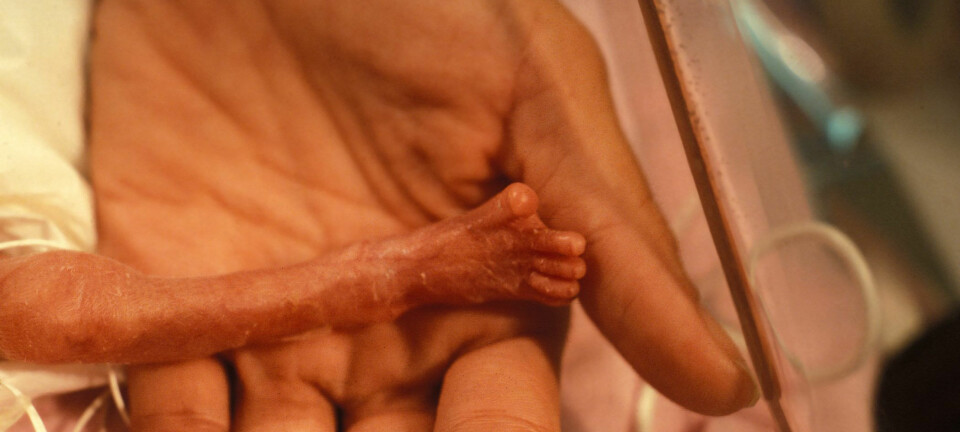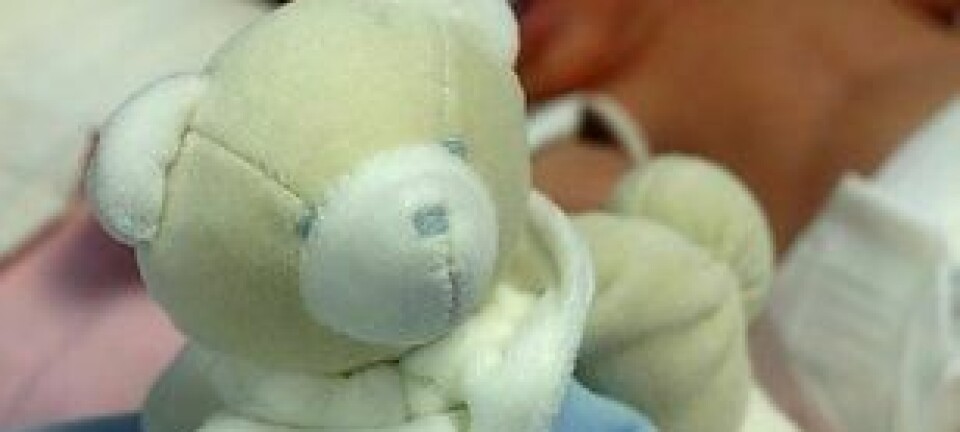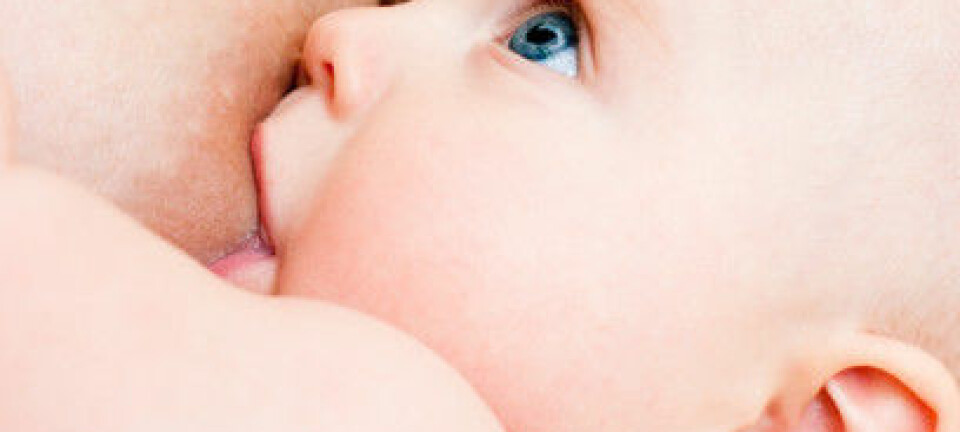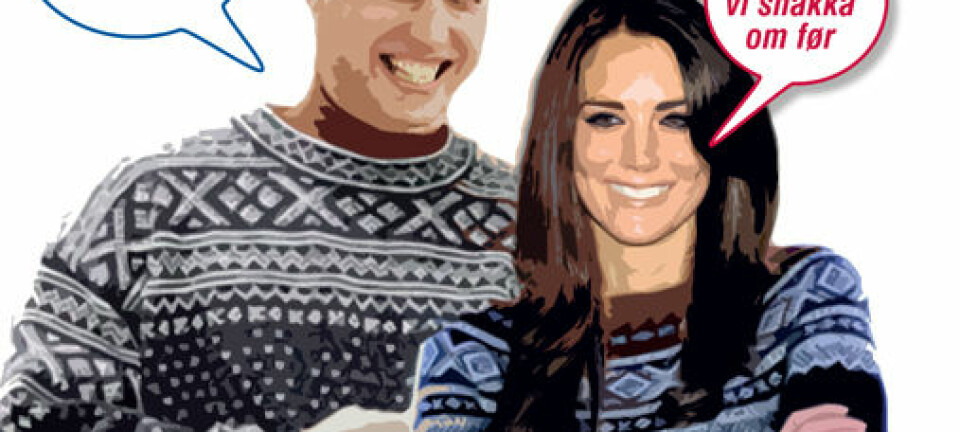This article was produced and financed by Oslo Metropolitan University

Here are the first words spoken by Norwegian children
'Mummy' tops the list of the first ten words. 'Hi' comes second.
Denne artikkelen er over ti år gammel og kan inneholde utdatert informasjon.
Researchers have mapped the first words spoken by Norwegian children.
“The first words children use are related to social interaction and play,” says associate professor Nina Gram Garmann in the Department of Early Childhood Education at Oslo and Akershus University College of Applied Science (HiOA).
“The very first words don’t actually have any specific meaning, they are just words we utter while we do something. The next forty words children use are mainly nouns such as ‘ball’ and ‘car’,” says Garmann, who researches child language acquisition.
She goes on to explain that when children reach the age of one, they are able to link sound to meaning and can therefore begin to learn words with meaning.
Top ten words

Along with researchers from the University of Oslo, Garmann has conducted a study to map the first fifty words spoken by Norwegian children.
They gathered more than 4,000 responses from parents of children between 8 and 36 months entered on an online vocabulary list and used it to create a list of the first words spoken by Norwegian children.
The top ten words on the list are:
1. mamma (mummy)
2. hei (hi)
3. brr (brr)
4. nam-nam (yummy)
5. pappa (daddy)
6. nei (no)
7. ha det (bye-bye)
8. takk (thank you)
9. bæ (baa)
10. voff voff (woof woof)
Resemble children’s babble patterns
“Many of these words have very vague meanings, but they are words we use when we perform specific actions. For example, we say ‘brr’ when we play with toy cars. Similarly, we say ‘takk’ (thank you) and ‘vær så god’ (here you are) when we play give-and-take with children,” says Garmann.
Some of the first words resemble children’s babble patterns, such as ‘mamma’ (mummy) and ‘pappa’ (daddy).
“The fact that parents attribute meaning to the child’s babbling aids the child’s understanding that they are producing words,” says Garmann.
Danish children use the words ‘mor’ and ‘far’ instead of ‘mamma’ and ‘pappa’.
“Consequently, they learn these words later than Norwegian children. But Danish children learn the baby word for ‘mat’ (food) earlier, which in Danish is ‘mamam’,” Garmann explains.
Wide variation
Norwegian eight-month-old children can say between zero and nine of 369 common words. When the children are 20 months they can articulate between 10 and 326 words.
“There is considerable variation among Norwegian children aged 20 months,” says Garmann.
Another discovery researchers made during the study was that some Norwegian children use word patterns when learning to speak.
Children are individuals, and can prefer some sounds over others. It appears that half of the words many Norwegian children use are monosyllabic, such as ‘bil’ (car), and half are disyllabic, such as ‘mamma’ (mummy).
Some prefer labial sounds, and use a lot of words containing the letters b, p, and m. Others prefer producing sounds using the back of the tongue, and say a lot of words containing the letters k and g.
“That is an interesting find, because it means that when children say their first words, they may choose words with sounds they are able to produce rather than words for things that interest them,” says Garmann.


































